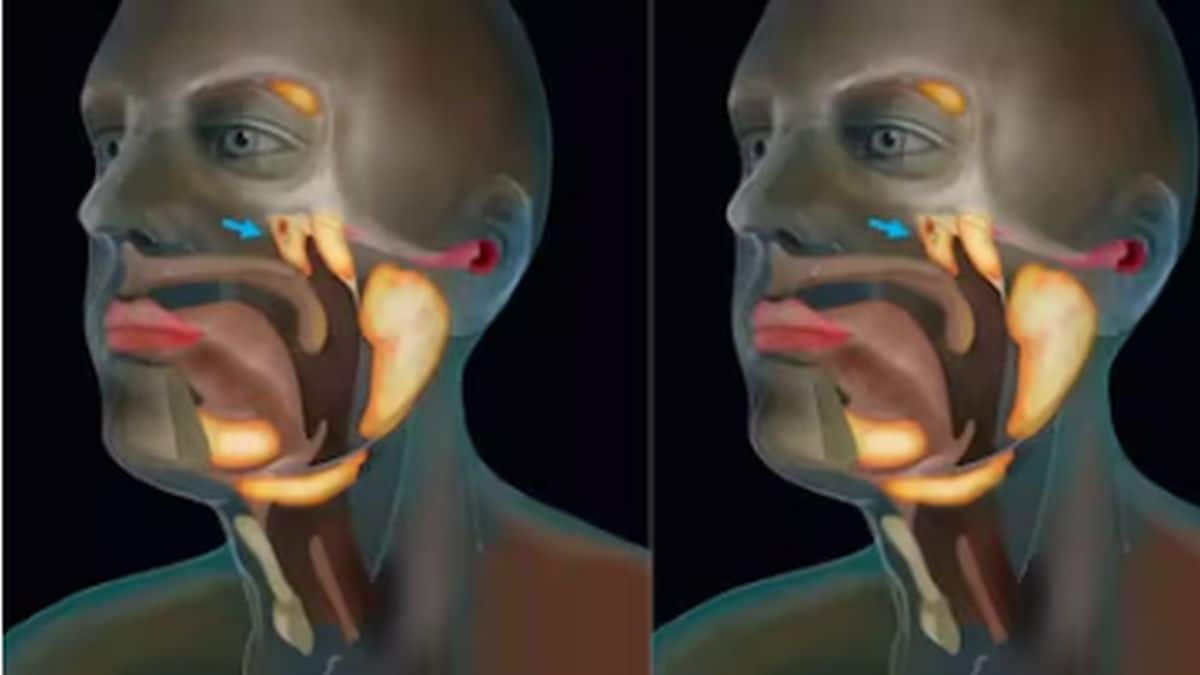The International Day of Persons with Disabilities is observed every year on 3 December to raise awareness about and focus global attention on diseases and disorders that not only disable people but also have a long-term negative impact on their health and quality of life. Removing barriers - not just physical or medical/healthcare access ones but also social barriers like stigma - is, therefore, a key target for the whole world and the main focus of the International Day of Persons with Disabilities. The theme for this day in 2020 is “Not all disabilities are visible”. Invisible disabilities can be equally devastating This year’s theme was designed to bring attention to disabilities that are not immediately apparent to others and yet have a deep and potentially devastating impact on the lives of the patients, their loved ones and caregivers. According to the WHO’s World Report on Disability 2011, 15 percent of the world’s population lives with disabilities and this global estimate is on the rise. The reasons behind this increase in disabilities range from an ageing global population to the rapid spread of chronic diseases. Another reason, in fact, a positive reason why these numbers are rising is also thanks to the improvements in methodologies used to diagnose and measure disabilities. This is especially true for invisible disabilities, many of which would have gone unnoticed and untreated even a few decades ago. The following are some invisible disabilities that you should be aware of, especially with respect to the immense impact on the lives of those who live with them. 1. Mental health disorders You may not realise this but a person living with mental health disorders is disabled. The World Disability Report, in fact, states that those who experience mental health conditions like anxiety disorders, depression, bipolar disorder, eating disorders, post-traumatic stress disorder and even obsessive-compulsive disorder are more disadvantaged in many settings than those who experience physical or sensory impairments. Not only are these conditions on the rise among adults but also affect children and adolescents. The WHO says that around 20 percent of the world’s children and adolescents have a mental health condition. 2. Chronic pain and fatigue Those who suffer from chronic pain disorders like fibromyalgia not only have to suffer every day but are also woefully underdiagnosed, misunderstood and undertreated. An article in Harvard Health Publishing points out that doctors often fail to take chronic pain without the presence of an injury or degenerative disease like arthritis seriously enough, and this needs to change with better training. On the other hand, people with chronic fatigue syndrome (CFS) are recognised as having an invisible disability. This, as a study in BMC Psychiatry points out, is because CFS causes symptoms ranging from muscle pain and anxiety to sleep and cognitive disorders that combine to cause varying degrees of disability. 3. Traumatic brain injuries While the disabling effects of traumatic spinal cord injuries or trauma to other parts of the body are easily visible, the effects of traumatic brain injuries (TBIs) - especially mild traumatic brain injury - remain largely invisible until they develop into severe neurological or cognitive problems. A 2018 study published in Scientific Reports shows that TBIs can cause difficulties in memory, reasoning and communication, negatively affect movement coordination, balance, ocular function, social behaviour and may even cause dementia and depression in the long run. 4. Neurological disorders A study published in The Lancet Neurology in 2019 suggests that neurological and cognitive disorders are now recognised as a leading cause of death and disability worldwide. Neurological disabilities include disorders ranging from epilepsy and cerebral palsy to Alzheimer’s and amyotrophic lateral sclerosis (ALS). Most of these disorders are chronic and progressive, meaning that not only do they last a lifetime but also worsen with time, leading to more and more disability as you age. 5. Intellectual and developmental disabilities According to the US National Institutes of Health (NIH), intellectual and developmental disabilities are congenital, meaning that they are present at birth and therefore last a lifetime and lead to major issues for children from a very young age. These disabilities include autism spectrum disorders (ASD) and Down syndrome and can be as devastating for parents and caregivers as they are for the children People with these disorders are unable to function like others, which can also be isolating and lead to mental health issues. For more information, read our article on How to help children with disability. Health articles in Firstpost are written by myUpchar.com, India’s first and biggest resource for verified medical information. At myUpchar, researchers and journalists work with doctors to bring you information on all things health.
This year’s theme was designed to bring attention to disabilities that are not immediately apparent to others and yet have a deep and potentially devastating impact on the lives of the patients, their loved ones and caregivers
Advertisement
End of Article


)

)
)
)
)
)
)
)
)



